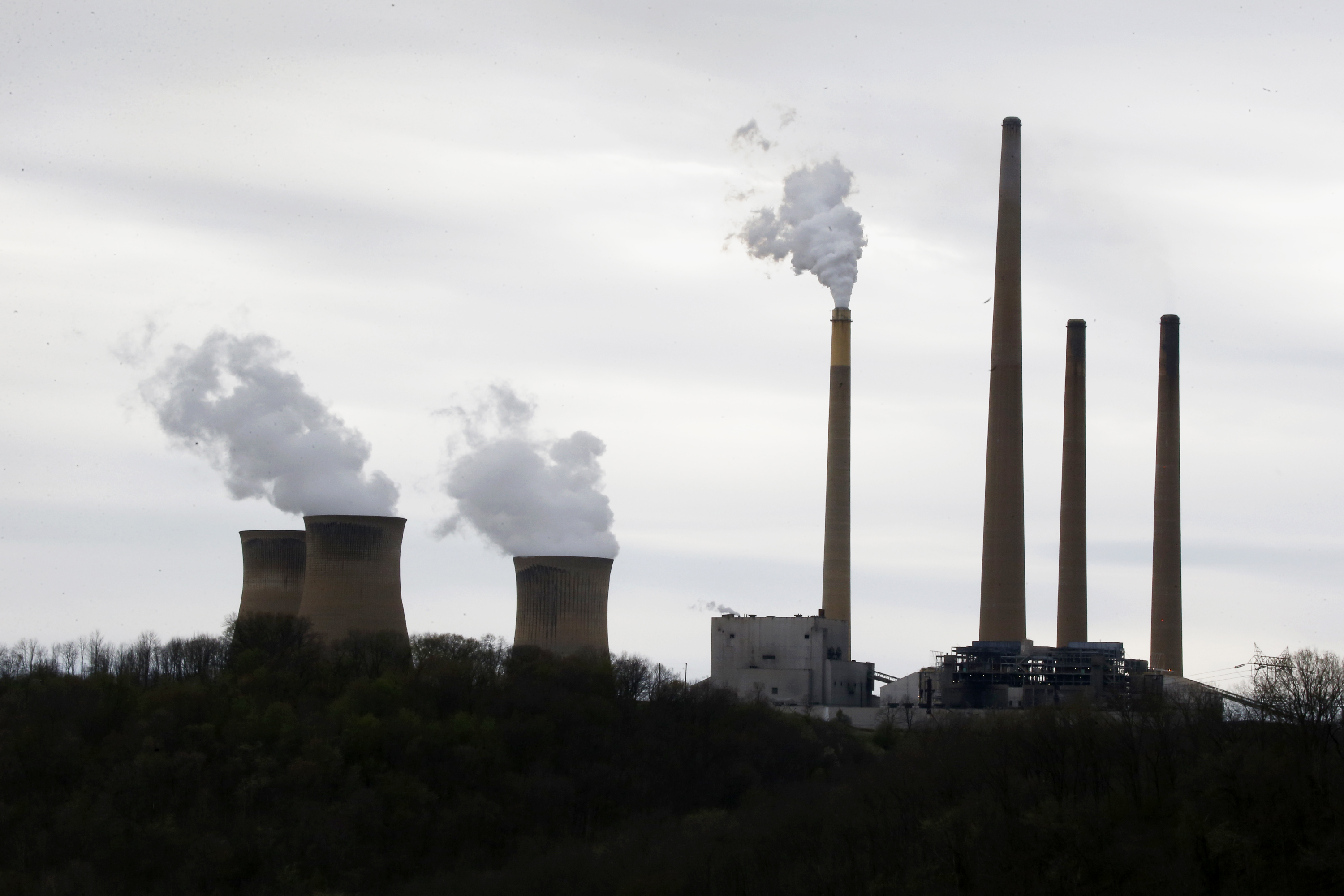State of the Air Report Reveals Worsening Air Quality in Pittsburgh and Philadelphia

PHILADELPHIA, PA (April 24, 2019) Today, the American Lung Association released its 2019 State of the Air Report, evaluating metropolitan areas and counties throughout the nation with respect to air quality. Covering the years 2015-2017, the data demonstrate that air quality has been worsening in major urban areas in Pennsylvania. It reveals worsening fine particulate and ozone problems in Allegheny County and a worsening ozone problem in the Philadelphia metropolitan area.
Clean Air Council’s Joseph Otis Minott, Executive Director and Chief Counsel, issued the following statements:
“The data in today’s report reflect not only poor air quality, but worsening air quality. Particularly alarming is the problem of fine particulates in Allegheny County. It is unacceptable that the Allegheny County Health Department has failed to propose an attainment demonstration that was due several years ago, which would contain a control strategy to address this problem. When the health department makes its proposal within the next few months, this will be an opportunity for residents to be heard.”
“In addition, the Philadelphia area received failing grades for ozone. Asthma rates in Philadelphia are growing as a result of this harmful pollutant. Governor Tom Wolf is in a position to decrease ozone by directly regulating climate-warming methane from the tens of thousands of existing natural gas facilities across Pennsylvania. Curbing methane will not only improve health, it is critical to the climate goals that the governor set earlier this year.”
In the rankings for the annual standard for fine particulates, the Pittsburgh metropolitan area rose from 8th worst to 7th worst in the nation. For the daily standard, it maintained its rank as the 10th worst metropolitan area in the nation. In the ranking of counties for the annual standard, Allegheny County rose for the second year in a row, from 12th worst to 10th worst in the nation. For the daily standard, it fell from 20th worst to 24th worst in the nation. The number of high particle pollution days in Allegheny County increased for the second year in a row. Allegheny County received an F grade for fine particulates.
In the rankings for ozone, the Philadelphia metropolitan area rose from 24th worst to 21st worst in the nation. All counties in the 5-county Philadelphia area continue to receive an F grade for ozone, with all but Delaware County experiencing an increase in high ozone days. Allegheny County also continues to receive an F grade for ozone, with an increasing number of high ozone days.
The American Lung Association’s full State of the Air Report can be found here: https://www.lung.org/our-initiatives/healthy-air/sota/

